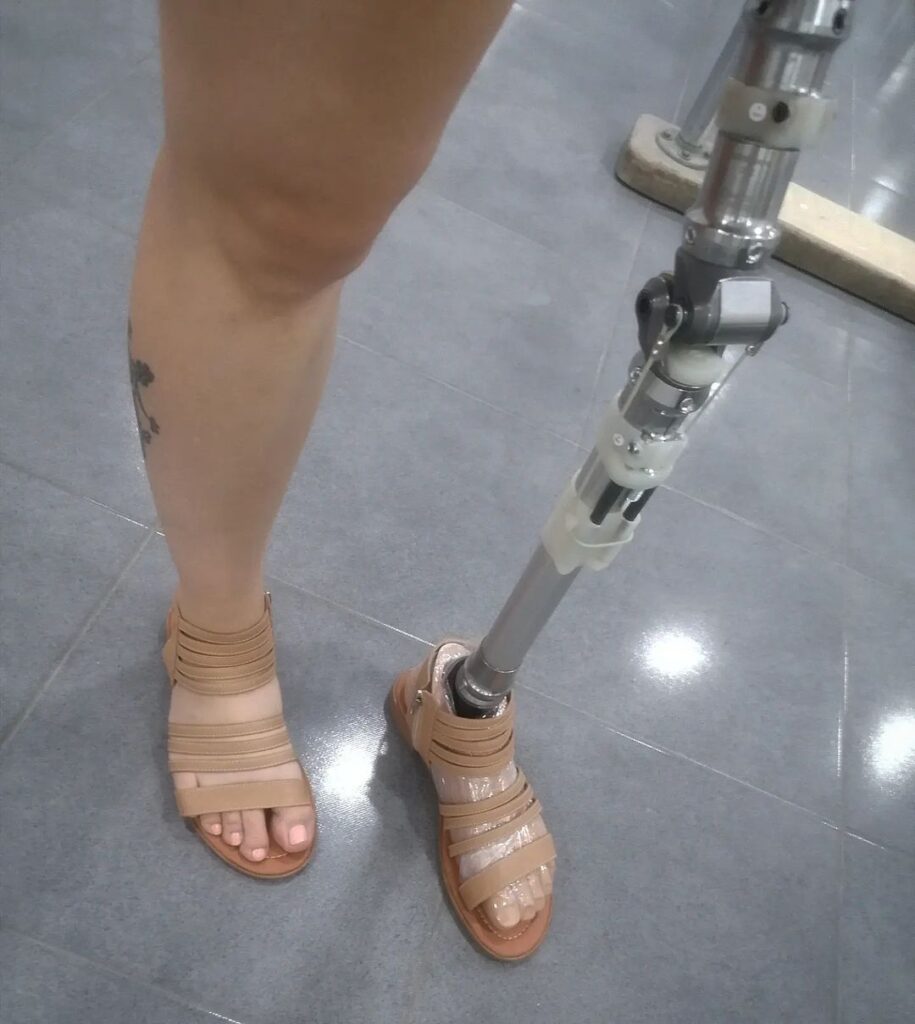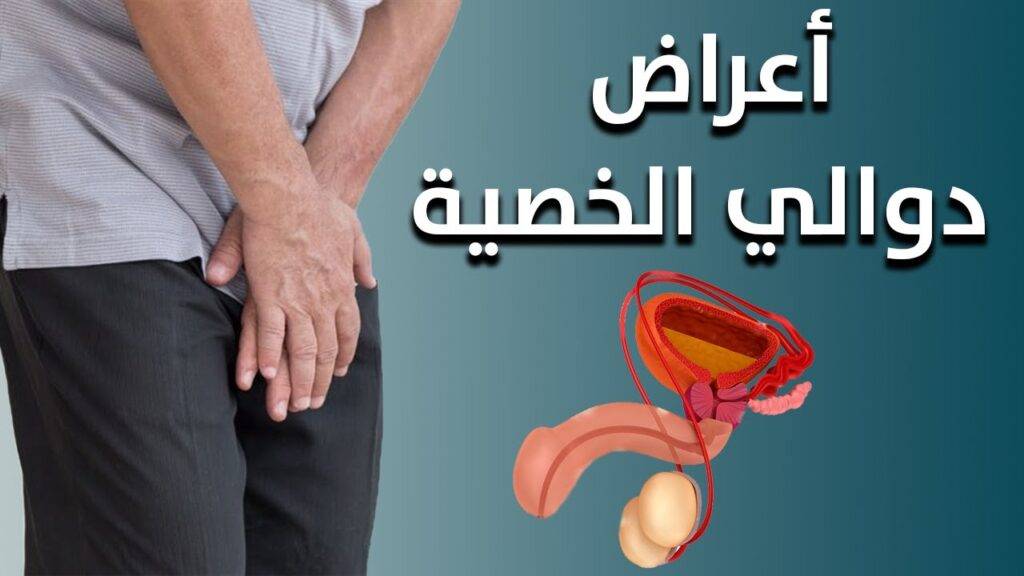Get ready to experience the filling of the prosthetic leg or leg in Iran, specifically in the city of Shiraz, with Ariana Medical Tourism Company. Discover the distinguished and specialized services provided by the company in the field of artificial mobilization, and restore your movement and function of the leg or leg in the best ways and modern technologies.
Ariana Medical Tourism Company works to provide a comfortable and safe experience for patients, as it provides comprehensive services that include medical consultation, travel and accommodation arrangements, and specialized medical care. Doctors and specialized medical teams with experience and skill in prosthetic mobilization work with them.
Benefit now from the distinguished prosthetic filling services in Iran, and get ready to regain your mobility and quality of life. Contact Ariana Medical Tourism for inquiries, travel arrangements and free medical advice.
In the recent past, amputations caused a person’s disability. So that a person is not even able to carry out his daily activities independently. This greatly affected his quality of life. Whatever the reason for leg amputation, an artificial leg or prosthetic leg can solve people’s problems well

Article contents:
- Types of prostheses
- How is the artificial limb (prosthetic leg) designed?
- What is the temporary prosthesis (temporary prosthetic leg)?
- How much does it cost to make a prosthetic leg or leg implant?
- The importance of cleaning and maintaining prostheses.
- Conclusion
Due to the increase in demand in the field of using different types of prostheses, in the past two decades, the technologies related to making different types of prostheses have made great progress. Progress in this field has been such that people with below-knee and above-knee amputations can walk without any limp and go about their daily activities.
People who have amputations above or below the knee use special prostheses, depending on their circumstances. Stay with us to learn more about prosthetics in the rest of the article.
Types of leg prostheses
Leg prostheses fall into two categories:
Above-the-knee prostheses.
- In cases where a person is amputated above the knee and has lost most of their leg, use an above-the-knee prosthesis. In such a case, the person must use a prosthesis that restores the movement of the missing knee joint and has the ability to withstand the high pressure and weight.
Below-the-knee prosthesis.
- If the lower leg is damaged and the person is amputated below the knee, they use a prosthetic leg below the knee. These types of prostheses include sockets, legs, and paws.
The socket is actually the most important part of the prosthesis that connects the prosthesis (prosthetic leg) to the remaining limb (stump). If the socket is meticulously designed and constructed, many subsequent problems can be avoided.
How is the prosthesis designed?
In order for the prosthesis to be more in line with people’s anatomy, various prostheses, including leg prostheses, are designed in a completely personalized way. The personal design of the prosthesis causes the least amount of pressure and discomfort to be applied to the patient.
After forming, the socket is designed in a completely exclusive way. The gap between the socket and the ground is filled with a metal or carbon fiber leg. Fillers used to prepare prostheses are special foams known as Pedilene.
Low weight and high durability are unique features of this material. The artificial ankle and toe section is made of fully thermoplastic, metal alloy, carbon fiber and glass fiber materials according to the patient’s weight and activity level.
A very important point in leg prosthesis design is that these prostheses are usually designed in such a way that they are able to cover weight and size fluctuations. However, if the person’s physical changes are significant, corrections and changes to the prosthesis may be necessary.
Due to advances in technology, many parts of foot prostheses today are designed and produced with 3D printers. In this way, changes caused by human error are minimized in the molding and socket making stages.
What is a temporary prosthesis (temporary prosthesis)?
Placement of the prosthesis is related to the time when the damaged part is completely healed. If the amputated leg fully recovers over time and reaches a stable size, the patient has the option of using temporary or primary prostheses.
In fact, a person’s rehabilitation work begins with a temporary prosthesis and continues to be used for 3 to 6 months. The body undergoes changes against these types of prostheses. With these changes, the shape of the damaged area is stabilized and conditions for the use of permanent prostheses are created.
In addition, during the period of using temporary prostheses, a person comes to a sound understanding of the new conditions. It should be noted that primary prostheses are manufactured at a lower cost than permanent prostheses.
How much does it cost to make a prosthetic leg or prosthetic leg?
The cost of making a prosthetic leg varies in different situations. The cost varies depending on the type of prosthesis and the condition of the individual. After conducting the necessary examinations and determining the type of prosthesis a person needs, the cost will be determined.
The quality and characteristics of the prosthetic leg are also an important factor in determining the final cost. For example, if the prosthesis is waterproof, its final cost will be higher.
In addition, if a person has insurance, part of the costs will be covered by the insurance. However, the percentage of insurance coverage varies in different insurance companies.
The importance of cleaning and maintaining prostheses.
In addition to the design and construction of the prosthetic leg, attention to the care and maintenance of the prosthesis is also effective in maintaining its efficiency. It is necessary to wash and dry the amputated limb every night. It should be noted that the remaining soap deposits cause skin irritation.
The insides of the prosthesis should also be washed at short intervals. Washing these parts prevents the buildup of bacteria and other contaminants. Clean medical stockings also help reduce contamination in this area.
Conclusion
With the use of prosthetic legs, amputees will have a completely normal life. Progress in the design and manufacture of prostheses is such that people with amputated legs walk without any limp.
The leg prosthesis, depending on the leg amputation case, includes a below-the-knee prosthesis and an over-the-knee prosthesis. These prostheses consist of sockets, inserts and claws. The socket is the most important part of the prosthetic leg.
In order for the leg prosthesis to be more in line with the person’s anatomy, the prosthesis is designed and manufactured in a completely personalized way. In order to stabilize the shape of the damaged limb and for the patient to better understand the new conditions, the person will usually wear a temporary prosthesis for 3 to 6 months before using a permanent prosthesis.
The cost of making the prosthesis
The cost of making a prosthesis depends on the individual parts of the prosthesis. Also, the choice of prostheses should be based on the age, weight, amputation level, trunk bone condition, life situation, activity level and physical condition of the person.
Contact us for advice and to receive the cost of the appropriate prosthesis for your case:
Read more about other articles in the medical fields (Cosmetics and Medical)
- Hair Transplant in Iran
- Rhinoplasty (Nose Job in Iran)
- Face Lift Surgery (Rhytidectomy) in Iran
- Breast Lift in Iran
- Chin Surgery in Iran
- Liposuction in Iran
- Tummy Tuck (abdominoplasty) in Iran
- Butt augmentation (Brazilian butt lift) in Iran
- Breast Augmentation in Iran
- Eye Care in Iran
- Cataract Surgery in Iran
- Diabetic Retinopathy Treatment in Iran
- Heart Surgery in Iran
- Knee replacement in Iran
- Eyelid Surgery In Iran
- Safe Abortion in Iran


